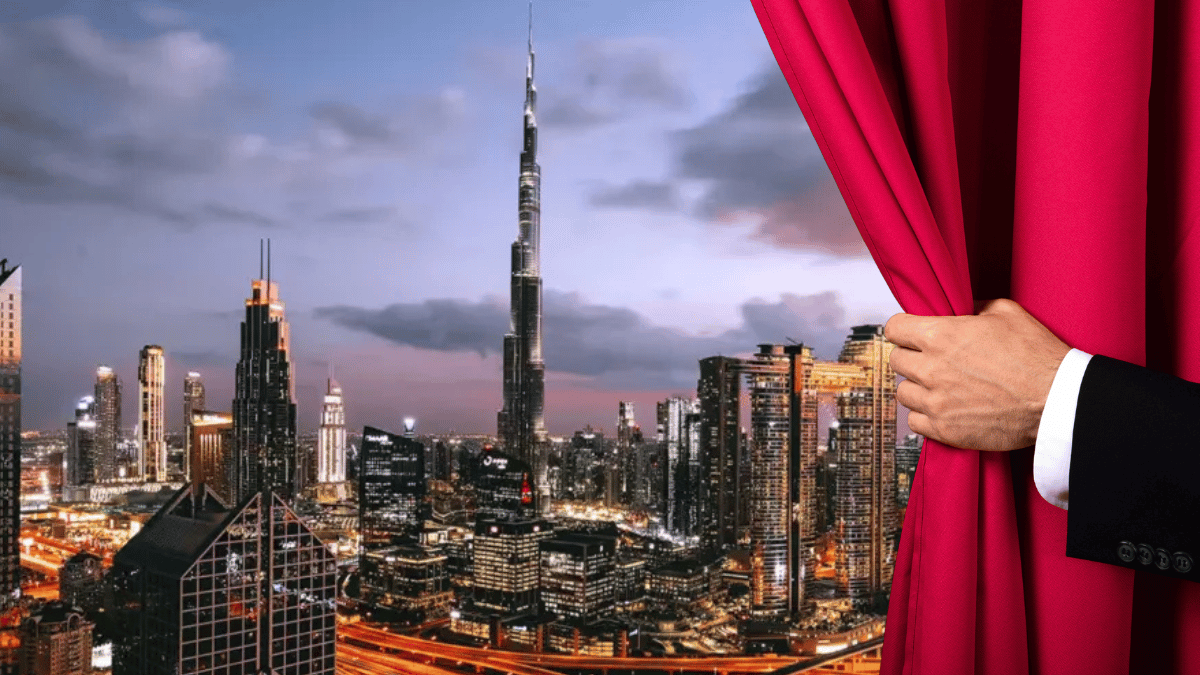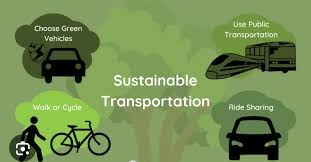
The United Arab Emirates (UAE) is not just famous for its luxury, futuristic skyscrapers, and thriving economy—it is also setting new global benchmarks in sustainable urban development. As the country continues building its next generation of “smart cities,” sustainability has taken center stage. From energy-saving technologies to eco-friendly transport systems, the UAE’s smart cities are designed with a greener, smarter, and more sustainable future in mind.
Here’s a look at the Top 10 Sustainability Features that make these cities stand out on the world map.

One of the most notable sustainability features is the widespread use of renewable energy, particularly solar power. The UAE’s smart cities are being built with solar panels on rooftops, solar-powered streetlights, and even entire solar farms, such as the Mohammed bin Rashid Al Maktoum Solar Park in Dubai. These energy solutions help reduce dependence on fossil fuels and lower carbon emissions significantly.
Water scarcity is a real challenge in the desert environment of the UAE. To tackle this, smart cities are installing advanced water recycling, desalination, and smart irrigation systems. Cities like Masdar City in Abu Dhabi use treated wastewater for landscaping and employ smart sensors to minimize water wastage. This ensures the sustainable use of one of the region’s most precious resources.
UAE’s emerging smart cities focus heavily on environmentally friendly construction. Buildings are required to meet LEED (Leadership in Energy and Environmental Design) or Estidama Pearl Ratings, ensuring they consume less energy, produce less waste, and provide healthier living environments. Glass facades, thermal insulation, and energy-efficient HVAC systems are now standard.

Futuristic smart cities in the UAE are reducing reliance on cars by introducing electric buses, autonomous shuttles, and metro networks designed to connect all urban zones efficiently. For example, Dubai’s driverless Metro system is one of the world’s longest, helping residents move around without adding to air pollution or traffic congestion.
Handling waste in an eco-friendly way is another key feature. Waste-to-energy plants are under development, where non-recyclable waste is converted into usable electricity or heat. This reduces landfill dependence and turns waste into a valuable resource. The Dubai Waste Management Centre, expected to be one of the world’s largest, is a prime example.
The UAE is heavily investing in smart grids that allow better energy distribution and load management. These grids can detect power demand in real time and adjust supply accordingly. In addition, battery storage systems are used to store surplus renewable energy for use during peak times, ensuring an uninterrupted clean energy supply.
Contrary to the harsh desert landscape, UAE’s smart cities are being designed with vast green parks, vertical gardens, and rooftop farms. These green spaces not only beautify cities but also improve air quality, reduce urban heat, and promote biodiversity. The “Green Spine” planned for Dubai’s Expo City aims to bring thousands of trees into the urban core.
The UAE is building extensive EV charging networks to promote the adoption of electric cars. Dubai and Abu Dhabi already have hundreds of charging stations, with incentives offered for EV users such as free parking and reduced toll fees. This reduces CO2 emissions and supports the global shift away from petrol and diesel vehicles.
In cities like Sharjah, smart bins fitted with sensors monitor waste levels in real-time and alert authorities when they need emptying. These bins optimize collection routes, reduce unnecessary trips, and help keep public spaces clean and efficient. It’s a small but impactful innovation that contributes to a cleaner city environment.
Smart cities in the UAE are equipped with thousands of sensors and Internet of Things (IoT) devices that continuously monitor air quality, noise pollution, temperature, and energy use. Real-time data allows city planners to make informed decisions, respond faster to environmental threats, and design long-term sustainability strategies.
The UAE’s bold smart city initiatives aim to meet the country’s “UAE Vision 2030” and “Net Zero by 2050” goals. These sustainability features not only improve the quality of life for residents but also set an example for cities worldwide struggling with pollution, resource scarcity, and climate change.
For businesses, these developments open up new opportunities in green technologies, clean energy, construction, and environmental services. For residents and tourists, the cities offer healthier air, lower energy bills, and greener, more enjoyable surroundings.
As the world races towards sustainable living, the UAE is not just catching up—it is leading the way. These Top 10 sustainability features prove that modern technology and environmental care can go hand in hand. The result? Smart cities that are clean, efficient, and ready for the challenges of the future.
Read More:- Deyaar’s Latest Announcement Shakes Up the UAE Property Market
